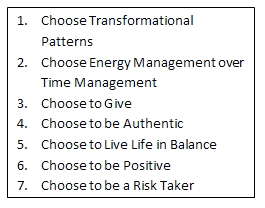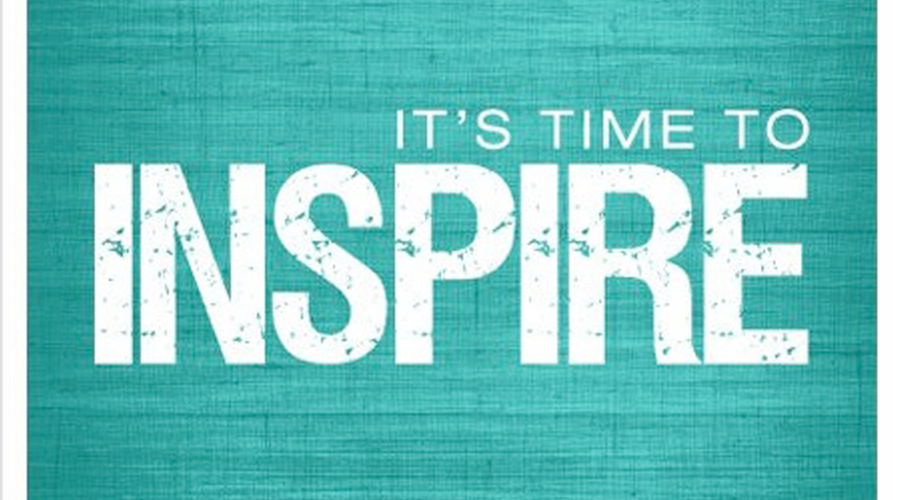We must manage so many things as a small business owner – inventory, people, accounts, sales, and of course, marketing.
Too often, we get bogged down in thinking we have to cover all the bases, stretch our marketing budget and time across all the avenues. We build a presence on Facebook, Twitter, Pinterest, LinkedIn. We buy ad space and send out flyers through our local Chamber of Commerce. We generate e-newsletters, press releases, blog posts. And in the end, we are exhausted emotionally, physically and financially by trying to do it all, and do it everywhere.
It’s time to stop doing it all and start doing it smart.
Three steps to defining a framework for your marketing efforts:
- What is your intent? Go beyond a sales goal – “I want to make money” is not enough. Is your intent to motivate people to a specific action? To educate, influence, or entertain them? Why do you do what you do? My intent in promoting The Write Concept is to help business owners and nonprofits develop marketing communications that are clear, concise, and motivating – to move minds with “words that matter.”
- Define your own results. What do you really want from any particular activity? Again, if it is “to sell stuff,” you are selling yourself short. You may determine that reaching a “friend” list of 5,000 on your Facebook page is a worthy result. One of mine is to increasing my blog subscribers by 5% each month. Define a result you wish to achieve – a small step towards a bigger goal. Pick ONE social media outlet to start, and focus your energies there. You can expand to others as the results prove appropriate.
- Build your strategy. Look at your intent and the result you wish to achieve, and determine what steps will get you there. For me, a first step is being consistent in writing blog posts that matter – blog posts that help people be better in their communications. Tied in with that is making sure I am consistent in posting links to the posts on the social media outlets of my choice – Facebook, Twitter, LinkedIn.
It boils down to this: decide on a purpose, the results that will show you your efforts are “working,” and the steps you will take to make it happen. Then get out there and do it.
 1) Focus on the Goal of your Blog. Is your intent simply to keep your name Top of Mind with your customers and prospects? Are you focused on Lead Generation, website traffic, or building your reputation as an information hub?
1) Focus on the Goal of your Blog. Is your intent simply to keep your name Top of Mind with your customers and prospects? Are you focused on Lead Generation, website traffic, or building your reputation as an information hub? 2) Remember What Drew You to Your Industry. Way back when, on the day you started your company or made the decision to take a job in your current industry, you were excited about it. There was something that thrilled you, that satisfied you beyond just the paycheck. What was it? What emotion did it trigger? Find that energy again, and write from that place. It might be helpful to create a list of the reasons you started and the dreams you had about your career.
2) Remember What Drew You to Your Industry. Way back when, on the day you started your company or made the decision to take a job in your current industry, you were excited about it. There was something that thrilled you, that satisfied you beyond just the paycheck. What was it? What emotion did it trigger? Find that energy again, and write from that place. It might be helpful to create a list of the reasons you started and the dreams you had about your career. 3) Tell stories. Stories pull the reader into an experience, and the more they see themselves in that experience, the more willing they will be to keep reading and remember you when they need your product or service.
3) Tell stories. Stories pull the reader into an experience, and the more they see themselves in that experience, the more willing they will be to keep reading and remember you when they need your product or service.

 The author, Dr. Nido R. Qubein, came to the United States from the Middle East when he was 17, with just $50 to his name and little knowledge of the English language. Today, he is the President of High Point University in North Carolina, and Chairman of the Great Harvest Bread Company, with 225 stores in 43 states.
The author, Dr. Nido R. Qubein, came to the United States from the Middle East when he was 17, with just $50 to his name and little knowledge of the English language. Today, he is the President of High Point University in North Carolina, and Chairman of the Great Harvest Bread Company, with 225 stores in 43 states. 
